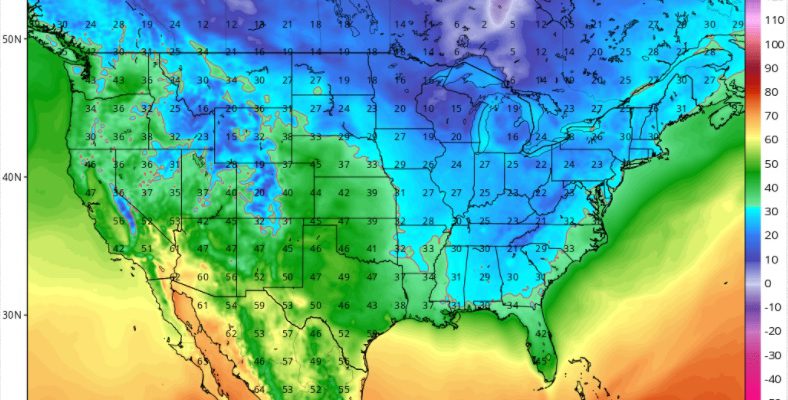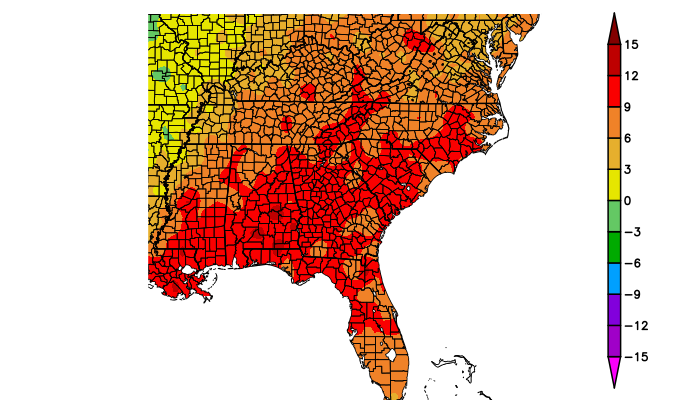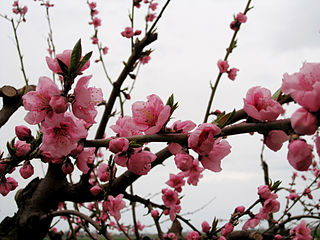2018
-

Clyde Fraisse of AgroClimate.org has put together a useful description of current climate conditions and impacts of the latest climate outlook on areas of future concern for farmers, including fungal disease and pest pressure. You can read it at the Panhandle e-News at https://nwdistrict.ifas.ufl.edu/phag/2018/03/02/late-winter-agroclimate-update/.
Posted in: Climate outlooks -

The latest QPF forecast shows lighter amounts of rain this week than the last couple, which should be good for farmers trying to get field work done in the wetter areas, but not so good for those in the drier areas who need good soil moisture for planting. The majority of the rain will fall…
Posted in: Climate outlooks -

The long-range forecasts are starting to show the possibility of frost across a lot of Georgia next week Thursday and Friday. While a 7-day forecast does not have a lot of skill, by seven days away some general trends can be seen. The latest GFS forecast model shows the possibility of a cold outbreak coming…
-

The latest monthly climate summary for North Carolina is now available. You can read it at https://climate.ncsu.edu/climateblog?id=255&h=5666e5c1.
Posted in: Climate summaries -

Every official weather station across the state of Georgia was at least nine degrees above normal in February 2018, leading to what will be a record warm month once the final statistics are tallied. Numerous high temperature records were broken this month in conjunction with the hottest conditions in mid-month. This sits in stark contrast…
-

For those of you in the know, today is the first day of meteorological spring, although it certainly has felt like spring for most of the last month. Enjoy the warmer weather and remember that spring is the most likely season for severe weather in the Southeast, although it can and does happen every month…
Posted in: Events -

March is the traditional month for recruiting new volunteer precipitation observers to the Community Collaborative Rain Hail and Snow Network, usually called CoCoRaHS. Every year they run a contest to see which state can recruit the most new observers. Usually North Carolina leads the Southeast, followed by Florida, while other states like Georgia lag behind.…